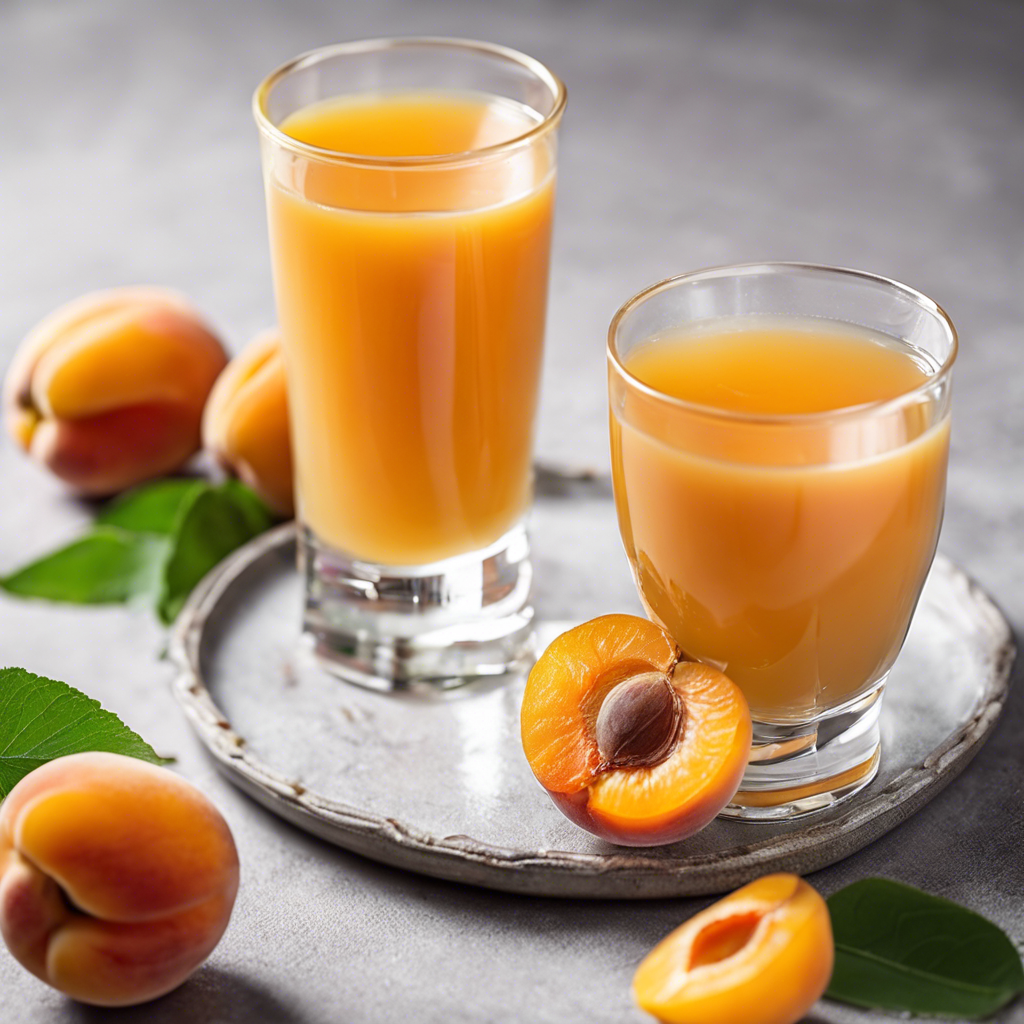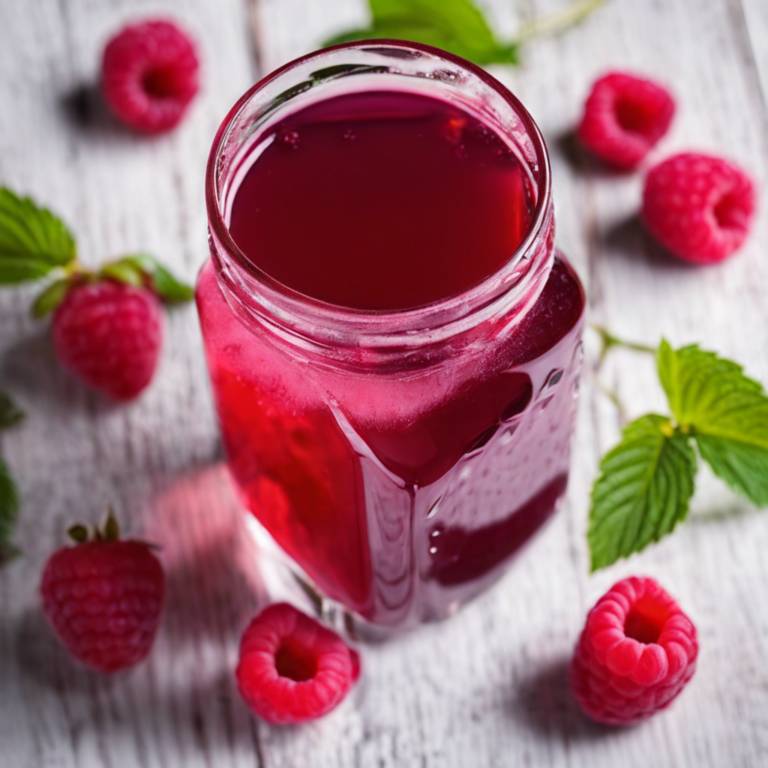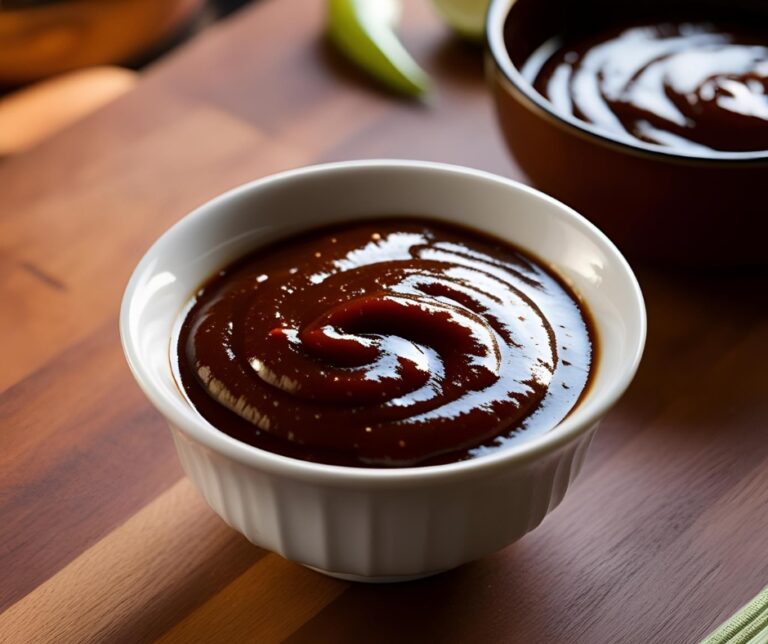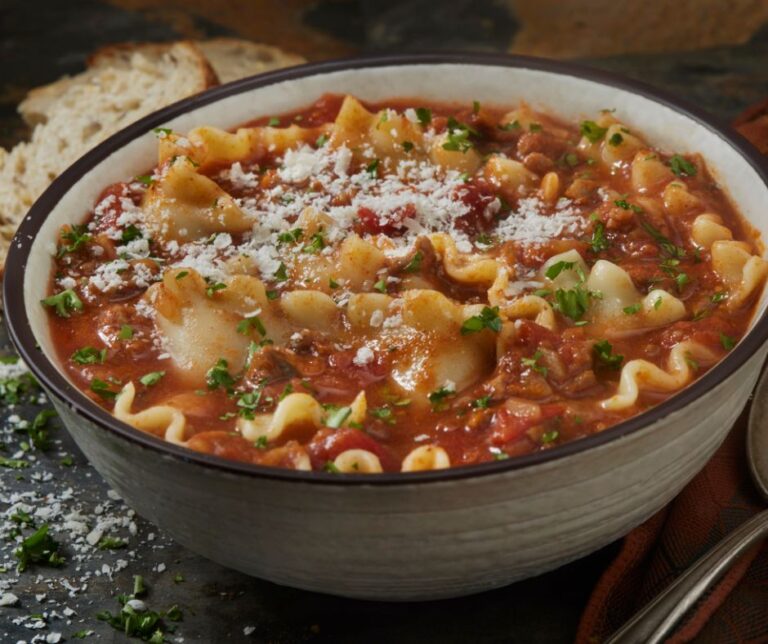5 Steps to Create the Perfect Homemade Apricot Juice
Introduction
Apricot juice is more than just a refreshing drink—it’s a celebration of the fruit’s luscious sweetness and tangy undertones. My first encounter with homemade apricot juice was during a summer vacation at my grandmother’s house, where fresh apricots from her orchard transformed into the most vibrant drink I’d ever tasted. It quickly became a family favorite, served chilled to beat the summer heat. This recipe captures that nostalgic essence while keeping the process easy and approachable.

Recipe Details
Ingredients List
- Fresh Apricots – 12 medium-sized (about 3 cups of puree)
- Filtered Water – 2 cups (adjust for consistency)
- Sugar or Honey – 2 tablespoons (optional, to taste)
- Lemon Juice – 1 teaspoon (optional, for brightness)
- Ice Cubes – for serving
Substitutions:
- Replace sugar with natural sweeteners like maple syrup or agave nectar.
- Use frozen apricots when fresh ones aren’t available, ensuring they’re thawed before blending.

Step-by-Step Instructions
- Prepare the Apricots:
Wash the apricots thoroughly. Cut them in half, remove the pits, and check for blemishes to ensure the best flavor. - Blend:
Place the apricots, water, sugar (if using), and lemon juice in a high-speed blender. Blend on medium to high until the mixture is smooth and frothy. - Strain (Optional):
For a smoother consistency, pour the blended mixture through a fine-mesh strainer or cheesecloth into a large bowl or pitcher. Press gently with a spatula to extract maximum juice. - Adjust Sweetness and Consistency:
Taste the juice and add more sugar or water if needed. Stir well to combine. - Serve:
Pour the apricot juice into glasses over ice cubes. Garnish with a slice of apricot or a sprig of mint for a touch of elegance.

Unique Tips, Variations, and Insights
- Customization Tips:
Add a pinch of cinnamon or cardamom for a warm, spiced undertone. Blend in a handful of strawberries or mango for a tropical twist. - Expert Advice:
Chill your apricots before blending for an instantly cold beverage without needing too much ice, which could dilute the flavor. - Cultural Context:
Apricots are a prized ingredient in Middle Eastern cuisine, where they’re often used in desserts and syrups. This juice mirrors traditional methods but adapts them for modern simplicity.

Nutrition Facts
(Per 8-ounce serving)
- Calories: 80
- Fat: 0.3 g
- Carbohydrates: 19 g
- Sugars: 16 g
- Fiber: 2 g
- Vitamin A: 40% of the daily value
- Vitamin C: 30% of the daily value

FAQ Section
- Can I store apricot juice?
Yes, store it in an airtight container in the fridge for up to 3 days. Shake well before serving, as natural separation may occur. - Do I need to peel the apricots?
Peeling is optional. The skin adds fiber and nutrients but can be omitted for a smoother texture. - What’s the best way to serve apricot juice?
Serve it chilled with a handful of crushed ice, or use it as a base for mocktails and smoothies. - Can I make this recipe sugar-free?
Absolutely! The natural sweetness of ripe apricots often eliminates the need for additional sugar.

Conclusion
Homemade apricot juice is a perfect way to capture the sunny essence of summer in a glass. Its rich flavor and simple preparation make it a go-to drink for any occasion. Whether enjoyed on its own or as a base for creative beverages, this recipe ensures a refreshing experience every time. Try it, and let us know your favorite twists or additions in the comments below!





